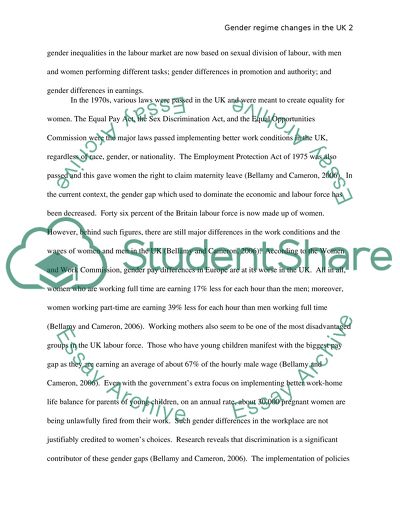Cite this document
(“Gender Regime Changes in Britain in Light of the Economic Profile of Essay”, n.d.)
Retrieved from https://studentshare.org/sociology/1415447-gender-regime-changes-in-britain-in-light-of-the-economic-profile-of-women
Retrieved from https://studentshare.org/sociology/1415447-gender-regime-changes-in-britain-in-light-of-the-economic-profile-of-women
(Gender Regime Changes in Britain in Light of the Economic Profile of Essay)
https://studentshare.org/sociology/1415447-gender-regime-changes-in-britain-in-light-of-the-economic-profile-of-women.
https://studentshare.org/sociology/1415447-gender-regime-changes-in-britain-in-light-of-the-economic-profile-of-women.
“Gender Regime Changes in Britain in Light of the Economic Profile of Essay”, n.d. https://studentshare.org/sociology/1415447-gender-regime-changes-in-britain-in-light-of-the-economic-profile-of-women.


